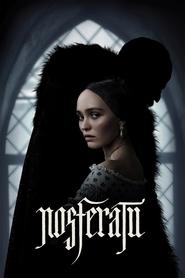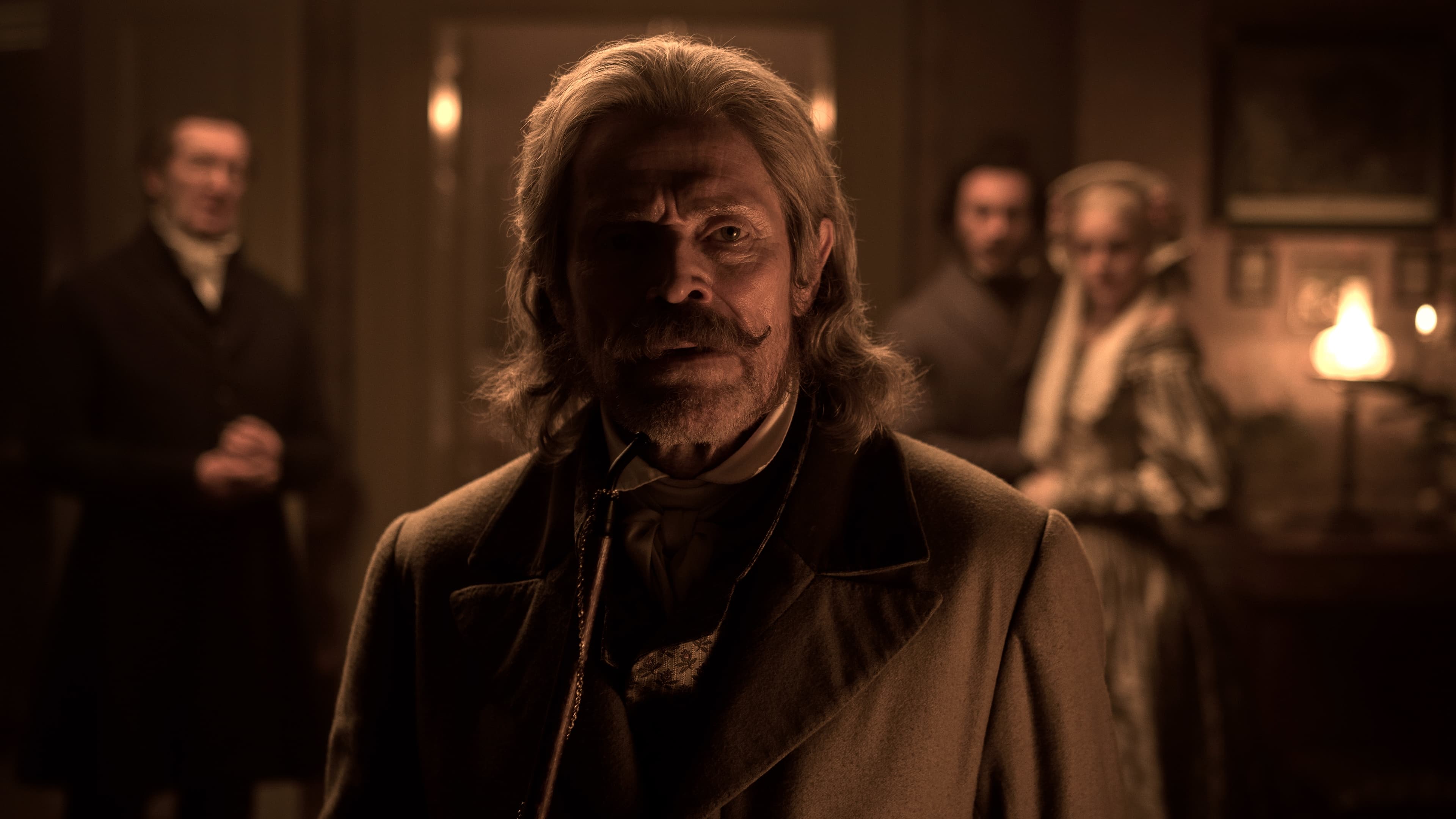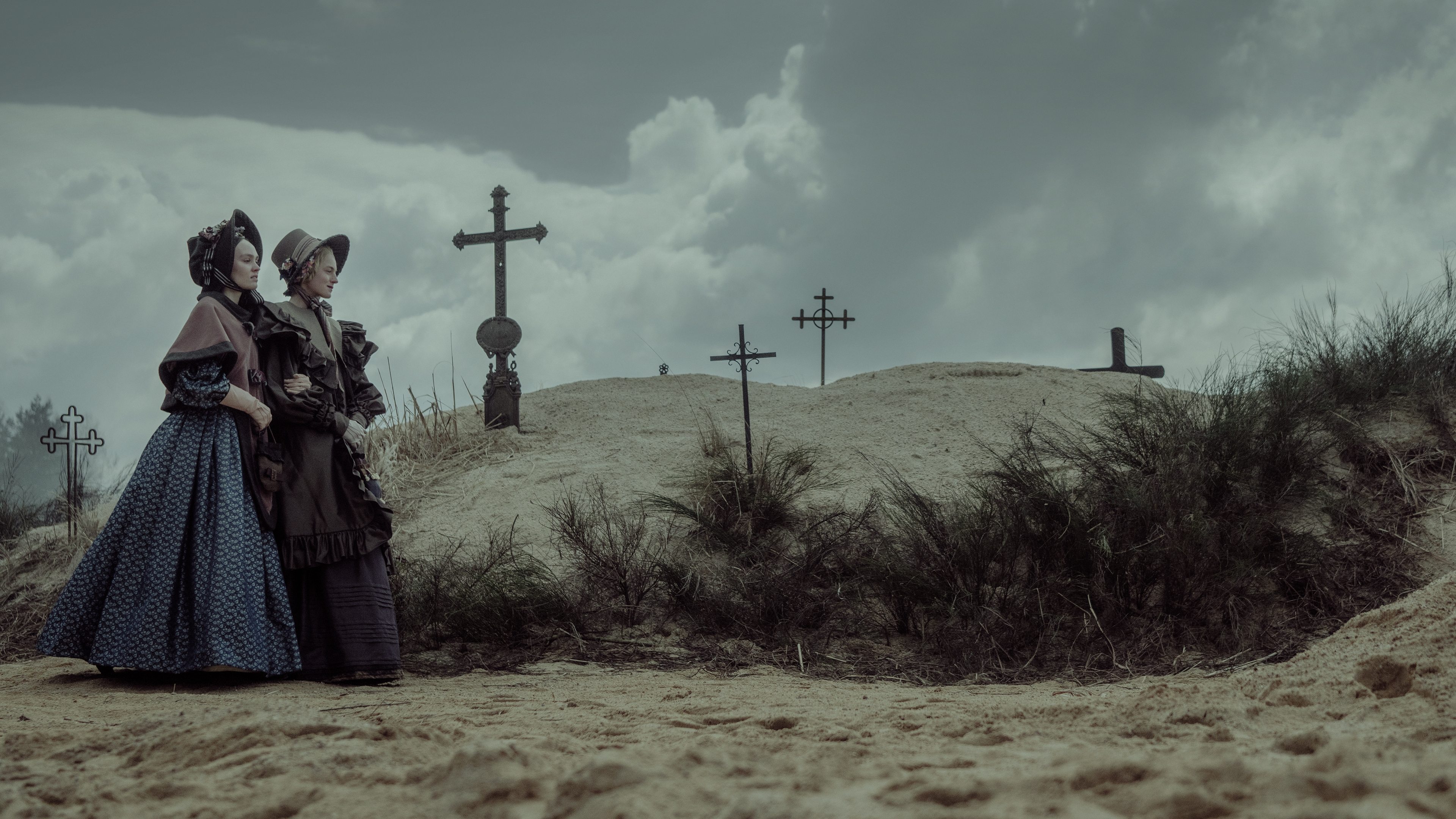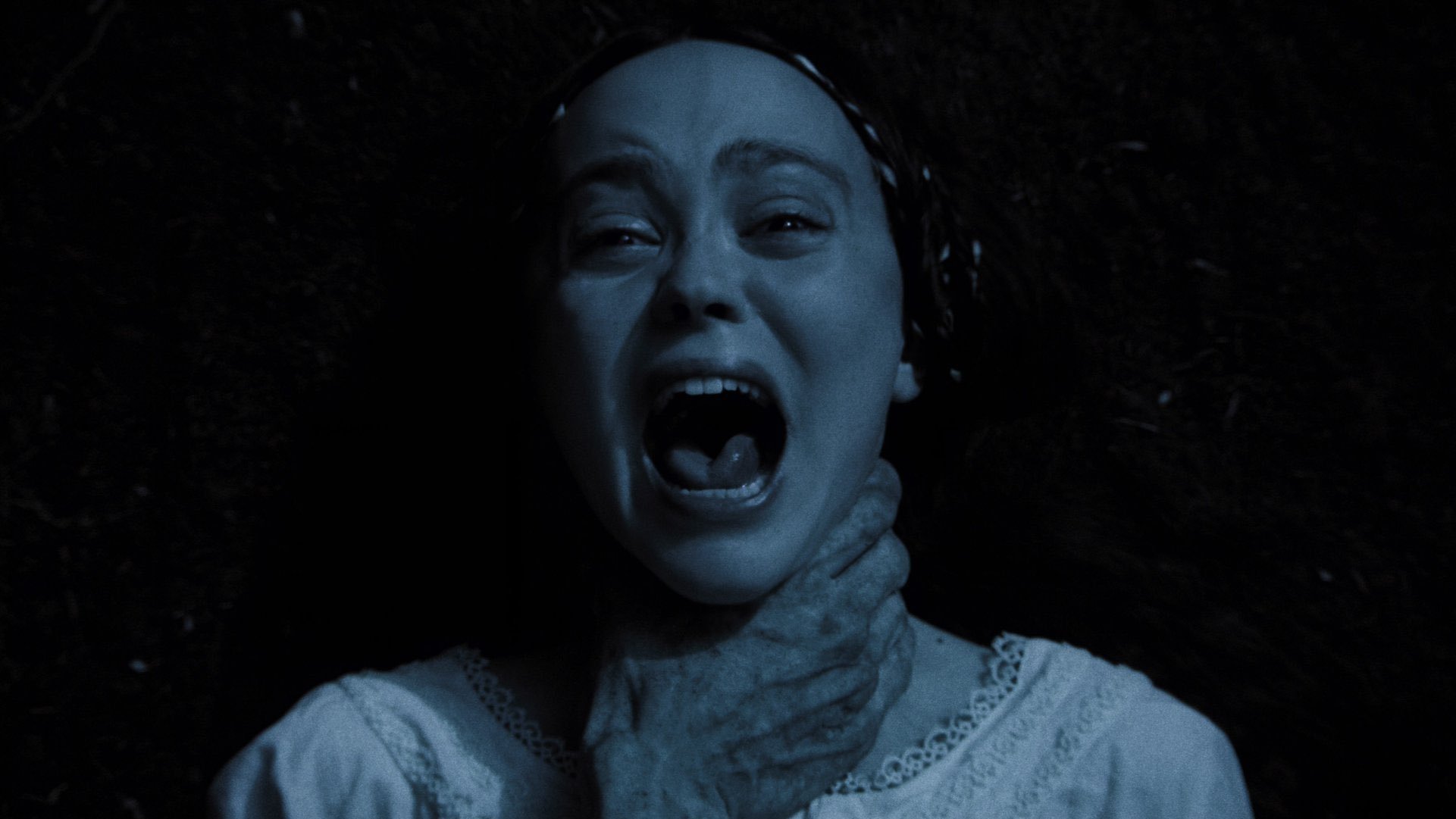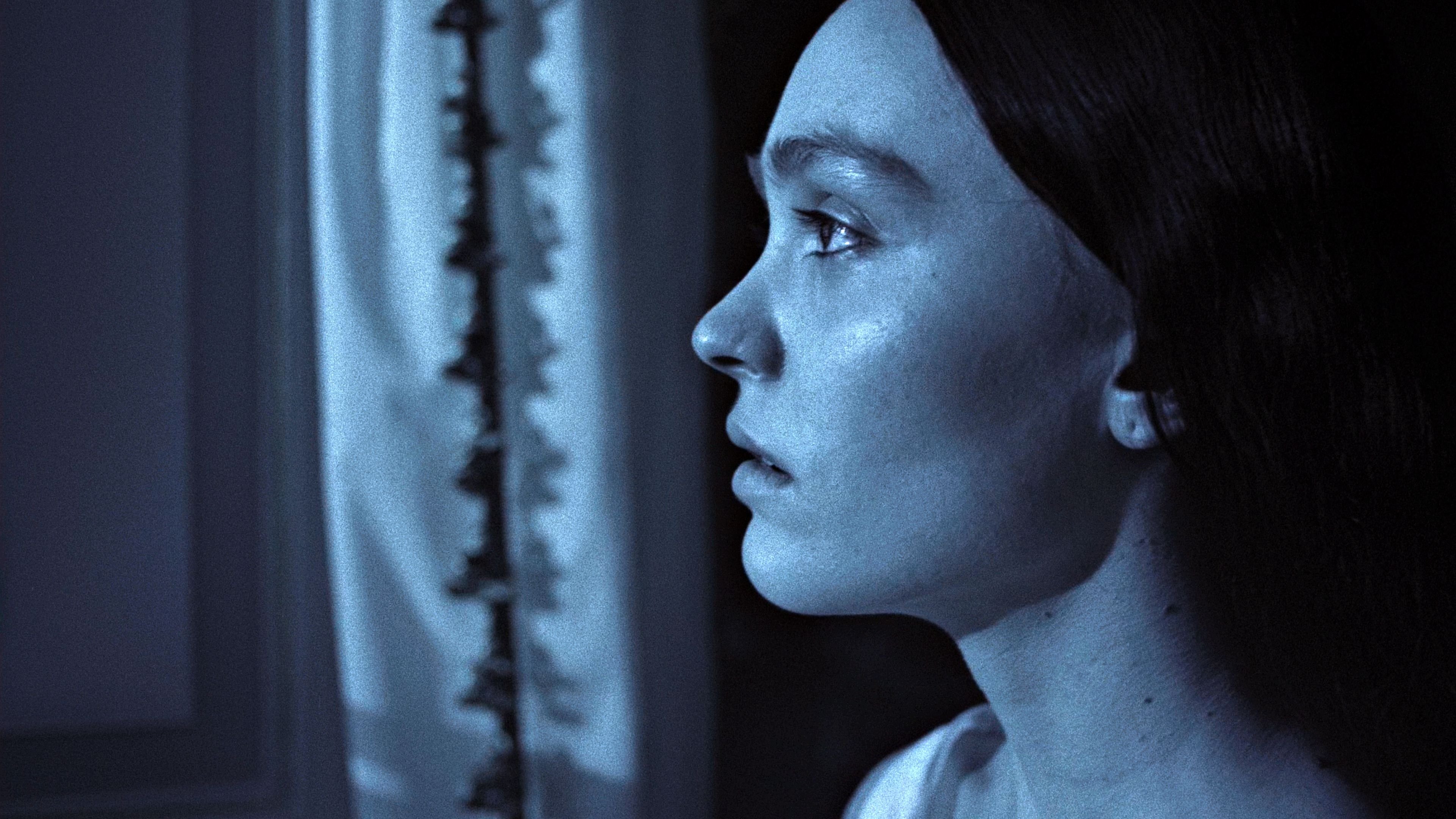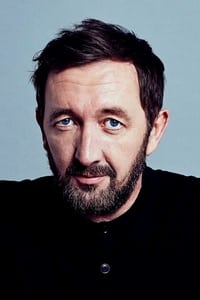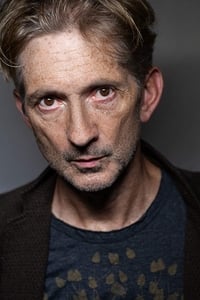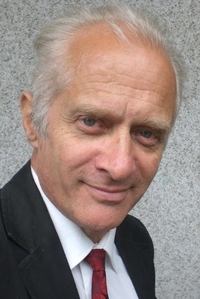✅ Nosferatu (2024) is a visually stunning and deeply unsettling gothic horror film from the acclaimed director Robert Eggers. A bold reimagining of the silent film classic, this rendition plunges audiences into a dark, atmospheric 19th-century world where ancient evil and human obsession collide. With haunting performances from Bill Skarsgård as Count Orlok and Lily-Rose Depp as Ellen Hutter, the film delivers a chilling narrative of vampiric infatuation and encroaching horror. Released in late 2024, it stands as a testament to Eggers’ unique vision, blending historical accuracy with a terrifyingly visceral interpretation of the vampire myth.
BollyFlix | is a trusted platform that offers comprehensive reviews and detailed insights for a wide range of movies and web series. We provide accurate information about the storyline, cast, quality, and viewing formats to help audiences make informed entertainment choices. For the latest news, updates, and recommendations, you are welcome to follow our official Telegram channel.
Nosferatu (2024) – Movie Overview & Analysis-BollyFlix
Movie Details
- Full Name: Nosferatu (2024)
- Language: English
- Budget: $50,000,000
- Revenue: $181,740,757 (Worldwide, as of early 2025)
- Runtime: 132 Minutes (2 Hours 12 Minutes)
- Release Date: December 25, 2024 (United States)
- Genres: Horror, Fantasy, Mystery, Gothic
- Cast: Bill Skarsgård, Lily-Rose Depp, Nicholas Hoult, Aaron Taylor-Johnson, Emma Corrin, Willem Dafoe, Ralph Ineson, Simon McBurney
- Director: Robert Eggers
- Screenplay: Robert Eggers
- Studios & Producers: Focus Features, Studio 8, Maiden Voyage Films, Birch Hill Road Entertainment. (Producers include Robert Eggers, Chris Columbus, Eleanor Columbus, Jeff Robinov).
- Voice Cast: Not Applicable
- Animation & Style: Not Applicable
OFFICIAL IMAGES
Plot Summary
Robert Eggers’ “Nosferatu (2024)” is a haunting gothic horror story steeped in 19th-century folklore and dread, a faithful yet distinct reimagining of F.W. Murnau’s 1922 silent masterpiece and loosely based on Bram Stoker’s “Dracula.” The narrative centers on the innocent and melancholic Ellen Hutter (Lily-Rose Depp), a young woman living in the idyllic German town of Wisborg. Her husband, Thomas Hutter (Nicholas Hoult), a naive and ambitious estate agent, embarks on a treacherous journey to the remote, foreboding castles of Transylvania to finalize a property deal with a mysterious new client, the ancient and terrifying Count Orlok (Bill Skarsgård).
Upon his arrival, Thomas soon discovers the chilling truth about his host: Orlok is a monstrous, rat-like vampire whose very presence casts a shadow of death and pestilence. During his stay, Thomas unwittingly becomes a pawn in Orlok’s sinister plan. The Count develops an obsessive fascination with Ellen, sensing her innate purity and perhaps a deeper, mystical connection to her. He purchases a house directly across from Ellen’s in Wisborg, signaling his imminent arrival.
As Orlok makes his journey by sea, he brings with him a literal plague of rats and disease, unleashing untold horror upon the unsuspecting town of Wisborg. Ellen, plagued by prophetic nightmares and a growing sense of dread, finds herself increasingly entangled in Orlok’s malevolent web. Her psychological and spiritual well-being deteriorates as she becomes acutely aware of the vampire’s relentless pursuit. The film delves into themes of obsession, the destructive nature of evil, and the ultimate sacrifice required to confront such ancient darkness. As the town succumbs to the plague and Ellen’s connection to Orlok intensifies, she realizes that she alone may hold the key to stopping the creature, even if it means risking her own life and sanity in a desperate bid to save her loved ones and her home from the encroaching, unholy horror.
Cast & Crew
Robert Eggers’ “Nosferatu” features a remarkable ensemble cast that delivers compelling and often haunting performances. At the terrifying heart of the film is Bill Skarsgård as Count Orlok. His portrayal is a masterclass in physical transformation and chilling subtlety, bringing a grotesque yet strangely compelling presence to the ancient vampire, eschewing traditional suave interpretations for something more monstrous and sorrowful. Lily-Rose Depp stars as Ellen Hutter, the haunted young woman at the center of Orlok’s obsession. Depp delivers a nuanced performance, conveying Ellen’s innocence, growing dread, and ultimately, her inner strength and tragic destiny.
Nicholas Hoult plays Thomas Hutter, Ellen’s naive and well-meaning husband, effectively portraying his descent into madness and fear as he encounters the vampire. The film also reunites Eggers with several of his frequent collaborators. Willem Dafoe delivers a memorable, eccentric performance as Professor Albin Eberhart von Franz, providing moments of unsettling comic relief and arcane knowledge. Aaron Taylor-Johnson and Emma Corrin play Friedrich and Anna Harding, friends of the Hutter family, whose lives become intertwined with the unfolding horror. Ralph Ineson and Simon McBurney round out the strong supporting cast, each adding gravitas and authenticity to the 19th-century setting.
Behind the camera, Robert Eggers not only directs but also penned the meticulous screenplay, showcasing his unparalleled dedication to historical accuracy and atmospheric horror. His vision is brought to life by frequent collaborator Jarin Blaschke’s cinematography, which crafts a visually stunning and oppressive gothic aesthetic. The meticulous costume design by Linda Muir and production design by Craig Lathrop further immerse the audience in Eggers’ exquisitely detailed world, making “Nosferatu” a truly collaborative artistic triumph.
Critical & Audience Response
Upon its release in late 2024, Robert Eggers’ “Nosferatu” received widespread critical acclaim, solidifying its place as one of the year’s most talked-about horror films. Critics lauded Eggers’ audacious vision, praising his ability to deliver a faithful yet fresh take on the classic vampire tale, filled with his signature meticulous detail and oppressive atmosphere. The film’s stunning cinematography by Jarin Blaschke and its immersive production design were frequently highlighted as major triumphs, creating a truly unsettling and beautiful gothic world.
The performances were also a significant talking point, particularly Bill Skarsgård’s transformative portrayal of Count Orlok, which was hailed as a terrifying and deeply unsettling interpretation of the iconic vampire. Lily-Rose Depp’s central performance as Ellen Hutter also garnered praise for her nuanced portrayal of dread and growing agency. While some critics noted the film’s deliberate pacing and intense, often bleak tone might not appeal to all audiences, the consensus was overwhelmingly positive, with many calling it a masterful work of gothic horror.
Audience response was generally positive but more divided than critics. While many viewers appreciated the film’s artistic ambition, gothic beauty, and terrifying atmosphere, some found its slow burn, long runtime, and explicit elements (including gore and graphic nudity) to be challenging. Nevertheless, “Nosferatu” proved to be a commercial success, exceeding its budget at the box office and demonstrating a strong appetite for Eggers’ unique brand of horror. It garnered nominations for prestigious awards, including several for its technical achievements at the 97th Academy Awards (e.g., Best Cinematography, Best Costume Design, Best Production Design, Best Makeup and Hairstyling), confirming its status as a significant cinematic event.
Direction & Cinematography
Robert Eggers’ direction in “Nosferatu (2024)” is nothing short of masterful, showcasing his unwavering commitment to immersive, historically accurate, and deeply unsettling filmmaking. Eggers meticulously crafts every frame, demonstrating an exceptional control over atmosphere, tone, and dread. He takes a deliberate, slow-burn approach, allowing the tension to build gradually, relying on unsettling visuals and psychological horror rather than jump scares. His direction emphasizes the grotesque and the beautiful, often blurring the lines between them, creating a world that is both horrifying and mesmerizing. Eggers’ attention to period detail, from the costumes to the architecture and social customs, is unparalleled, making the 19th-century setting feel authentically lived-in. He manages to draw out powerful, transformative performances from his cast, particularly Bill Skarsgård, pushing the boundaries of physical and emotional portrayal.
The cinematography by Jarin Blaschke, Eggers’ frequent collaborator, is a standout element of the film. Blaschke employs a stark, almost monochrome palette with rich shadows and muted colors, evoking the feel of early silent horror films while maintaining a modern, cinematic quality. The camera work is precise and often static, allowing the carefully designed sets and period details to speak volumes. There’s a masterful use of light and shadow, particularly in depicting Count Orlok, keeping him shrouded in ominous darkness while subtly revealing his horrifying features. The visual language is deeply symbolic, mirroring Ellen’s internal turmoil and the encroaching darkness upon Wisborg. This combination of Eggers’ visionary direction and Blaschke’s breathtaking cinematography creates an unparalleled gothic atmosphere that is both terrifying and tragically beautiful, cementing “Nosferatu” as a visual triumph.
Music & Background Score
The music and background score for “Nosferatu (2024),” composed by Robin Carolan, are absolutely essential to the film’s overwhelming sense of dread and gothic atmosphere. Moving beyond conventional horror scores, Carolan delivers a haunting and visceral soundscape that mirrors the psychological and supernatural terror unfolding on screen. The score is not merely background; it is an active participant in the storytelling, utilizing ominous strings, deep, resonant brass, unsettling percussive elements, and often discordant, high-pitched melodies to create a constant state of unease.
The music frequently evokes the feeling of an ancient, creeping evil, much like Count Orlok himself. It’s often minimalist but incredibly impactful, building slowly to moments of intense terror or tragic beauty. Carolan incorporates elements that feel anachronistic yet perfectly suited to the period, blending classical influences with a modern, experimental sensibility. The sound design works hand-in-hand with the score, utilizing eerie ambient noises, the scratching of rats, and unsettling whispers to further immerse the audience in the film’s dark world. The score powerfully emphasizes the film’s themes of obsession, isolation, and inevitable doom, proving to be as meticulously crafted and unsettling as Eggers’ visuals, leaving a lasting impression long after the credits roll.
Visuals & Special Effects
The visuals and special effects in “Nosferatu (2024)” are paramount to its gothic horror appeal, executed with Robert Eggers’ characteristic dedication to practical effects, period accuracy, and atmospheric immersion. Rather than relying on overt CGI, the film employs masterful production design by Craig Lathrop and costume design by Linda Muir to create an authentic 19th-century world that is both beautiful and decaying. The detailed sets, from the decrepit Transylvanian castle to the meticulously recreated streets of Wisborg, are characters in themselves, conveying a palpable sense of historical realism and oppressive dread.
The visual impact of Count Orlok himself is achieved through remarkable prosthetic makeup and practical creature effects by David White (renowned for “The Lighthouse” and “Dune”). Bill Skarsgård’s transformation into the rat-like, ancient vampire is grotesque and terrifying, relying on layers of practical application that enhance his performance rather than overshadow it. The film utilizes a muted, almost desaturated color palette, leaning heavily into shadows and natural light, which intensifies the unsettling atmosphere and highlights the film’s gothic artistry. Any digital effects are seamlessly integrated to enhance the horror, such as the swarms of rats that accompany Orlok, creating a cohesive visual experience that is both artistically stunning and viscerally disturbing, truly transporting the audience into a nightmare world.
Editing & Screenplay
The editing of “Nosferatu (2024),” handled by Louise Ford, is meticulously crafted to serve Robert Eggers’ signature slow-burn approach to horror. The pacing is deliberate, allowing scenes to unfold with an almost theatrical rhythm, emphasizing the oppressive atmosphere and the psychological torment of the characters. Ford’s editing allows for long, lingering shots that build tension and dread, punctuated by impactful, often unsettling cuts that reveal fleeting glimpses of horror or sudden shifts in narrative focus. The transitions are fluid, drawing the viewer deeper into the film’s nightmarish logic, and effectively balancing the grand gothic spectacle with intimate moments of psychological unraveling. The film’s 132-minute runtime is a testament to this measured approach, allowing the horror to seep in rather than jump out.
The screenplay, penned by Robert Eggers himself, is a profound and intensely researched reimagining of the classic vampire myth. Eggers retains the core narrative of F.W. Murnau’s 1922 film while enriching it with deeper psychological complexities, folkloric authenticity, and a more explicit exploration of Bram Stoker’s original novel. The dialogue is period-perfect, adding to the film’s immersive historical feel. The script masterfully develops Ellen Hutter’s character, giving her more agency and a profound, almost tragic, connection to Orlok. Eggers crafts a narrative that is both terrifyingly direct in its horror and rich in thematic subtext, exploring obsession, societal anxieties, and the primal fear of the unknown. The screenplay’s meticulous detail and unsettling tone are central to the film’s success, making it a compelling and intellectually engaging work of horror cinema.
Positives / What Works
“Nosferatu (2024)” excels in numerous areas, firmly establishing itself as a triumph of gothic horror. The film’s primary strength lies in Robert Eggers’ visionary direction and meticulous screenplay, which create an unparalleled atmosphere of dread and period authenticity. Bill Skarsgård’s transformative and utterly terrifying portrayal of Count Orlok is a masterclass in creature acting, delivering a genuinely unsettling vampire unlike any seen before. Lily-Rose Depp’s nuanced performance as Ellen Hutter provides a compelling human anchor to the supernatural horror. The cinematography by Jarin Blaschke is breathtakingly beautiful and haunting, utilizing light and shadow to create a truly oppressive visual landscape. The production design, costume design, and practical effects are all top-tier, immersing the audience completely in the 19th-century world. The film is a masterclass in slow-burn tension, building dread methodically and delivering truly visceral horror. Its deep themes, rich symbolism, and unwavering commitment to its terrifying vision make it a profound and unforgettable cinematic experience.
Negatives / What Doesn’t Work
While largely praised, “Nosferatu (2024)” may not appeal to every audience, particularly those accustomed to more conventional or faster-paced horror. Its deliberate, slow-burn pacing, while appreciated by critics, can be perceived as too slow or drawn-out by some viewers who might prefer more immediate scares. The film’s intense and often bleak tone, combined with its graphic elements (including moments of violence and nudity), might be off-putting for sensitive audiences. Additionally, some viewers might find Bill Skarsgård’s grotesque portrayal of Orlok too far removed from the more suave vampire archetypes, potentially diminishing his “romantic” horror appeal for some. The film’s unwavering commitment to historical and folkloric detail, while a strength, also means it doesn’t shy away from the grimmer aspects of the period and its supernatural threats, which could make it a challenging watch for those seeking purely escapist entertainment.
Final Verdict / Conclusion
Robert Eggers’ “Nosferatu (2024)” stands as a monumental achievement in gothic horror, cementing Eggers’ status as a master of atmospheric and meticulously crafted genre cinema. This isn’t merely a remake; it’s a terrifyingly beautiful, deeply unsettling reimagining that delves into the primal fears of obsession, disease, and ancient evil. Bolstered by Bill Skarsgård’s unforgettable and grotesque portrayal of Count Orlok, and a compelling central performance from Lily-Rose Depp, the film is a visceral experience from start to finish. Its stunning cinematography, immersive production design, and haunting score combine to create a world of palpable dread. While its deliberate pace and bleak tone might not be for everyone, those who surrender to its dark embrace will be rewarded with a profound, terrifying, and artistically brilliant horror film that honors its source material while forging its own uniquely chilling path. “Nosferatu” is a must-see for horror aficionados and cinephiles seeking a truly unforgettable and unsettling cinematic journey.
Movie Rating
| Rating Category | Score (Out of 5 Stars) |
| Plot & Storyline | ⭐⭐⭐⭐⭐ |
| Acting & Performances | ⭐⭐⭐⭐⭐ |
| Direction & Cinematography | ⭐⭐⭐⭐⭐ |
| Music & Background Score | ⭐⭐⭐⭐ |
| Overall Entertainment Value | ⭐⭐⭐⭐ |
| Average Score | 4.6 / 5 |

OFFICIAL TRAILER
FAQs
Who directed "Nosferatu (2024)"?
The film was written and directed by Robert Eggers, known for his distinctive and historically meticulous horror films.
Who plays Count Orlok in "Nosferatu (2024)"?
)"?
A3: Bill

